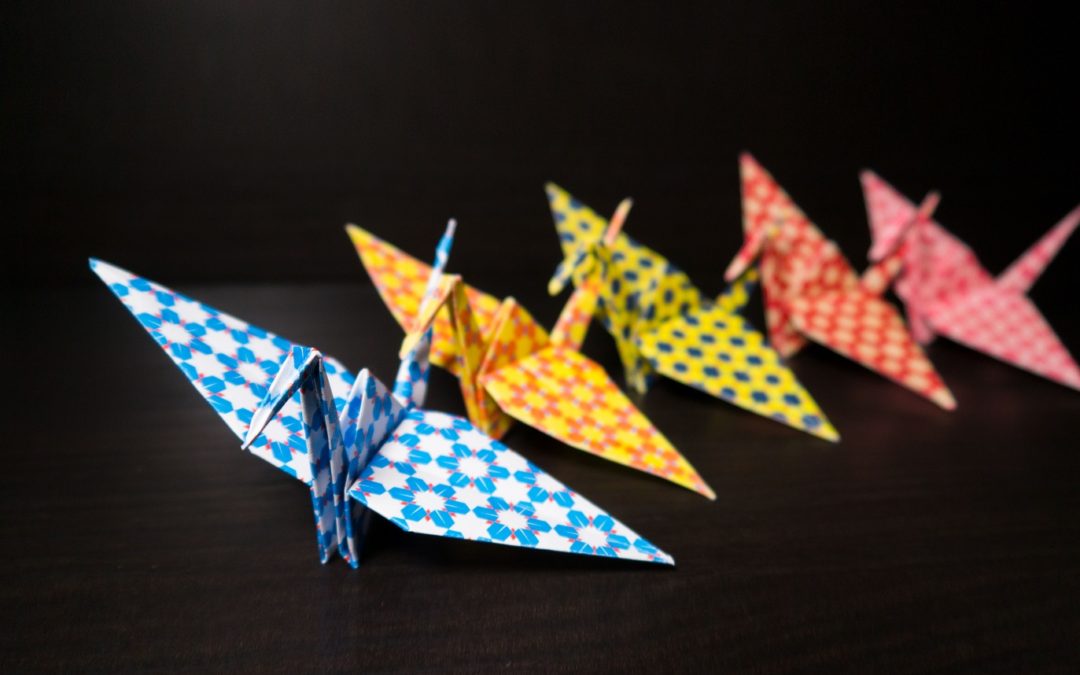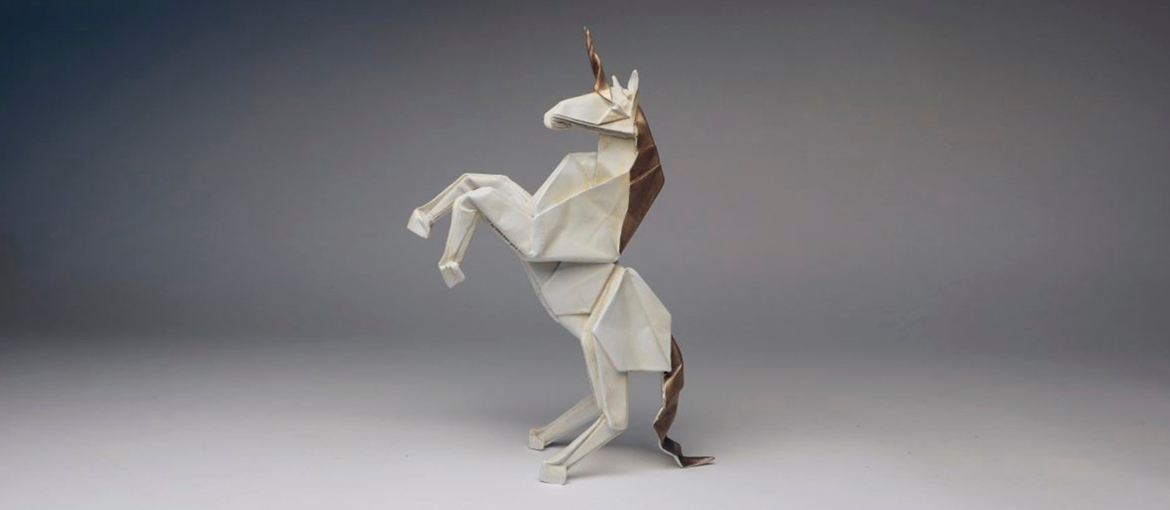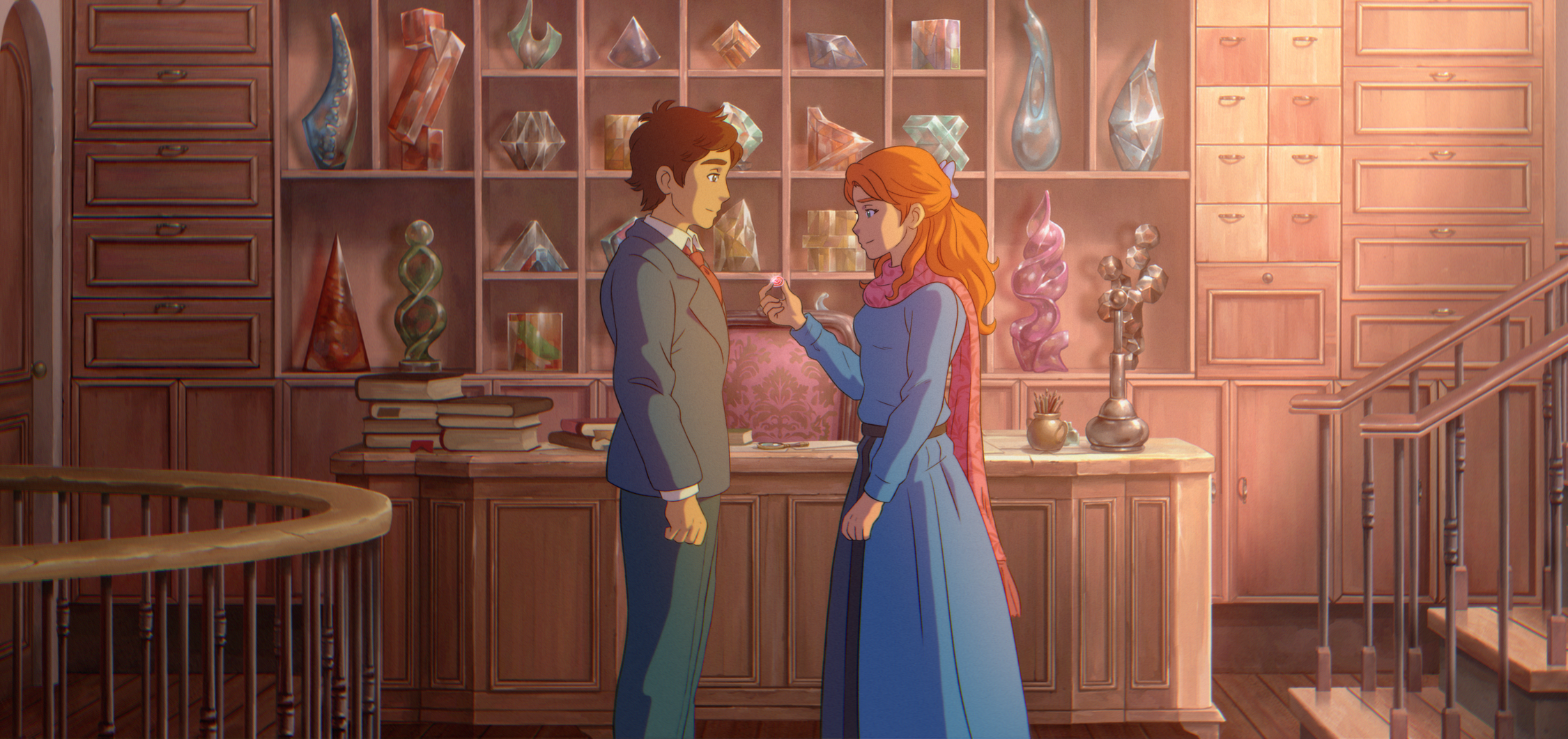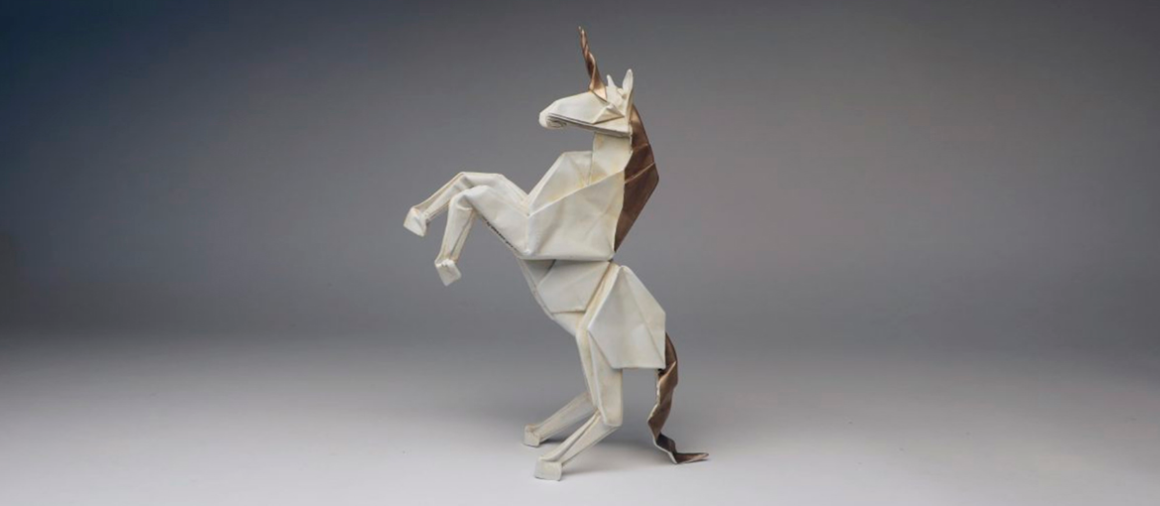
Origami, the traditional Japanese art of folding paper into intricate shapes, has captivated
people for centuries with its beauty and complexity. However, beyond its aesthetic appeal lies a
powerful tool for enhancing mental health and well-being. Numerous studies and anecdotal
evidence highlight the therapeutic benefits of origami, which can foster mindfulness, reduce
stress, promote creativity, and enhance social connections.

Mindfulness and Concentration
One of the most significant benefits of origami is its ability to cultivate mindfulness. When
individuals engage in the precise movements required to fold paper, they must focus intensely
on each step. This concentration draws attention away from distracting thoughts and worries,
promoting a state of mindfulness that can alleviate symptoms of anxiety and depression.
Research published in the journal ‘Mindfulness’ found that activities requiring sustained
attention, like origami, can lead to significant reductions in anxiety levels. Participants who
practiced mindfulness through creative tasks reported a 30% decrease in anxiety scores
compared to those who engaged in less focused activities. This indicates that origami not only
provides a calming effect but also enhances emotional regulation.
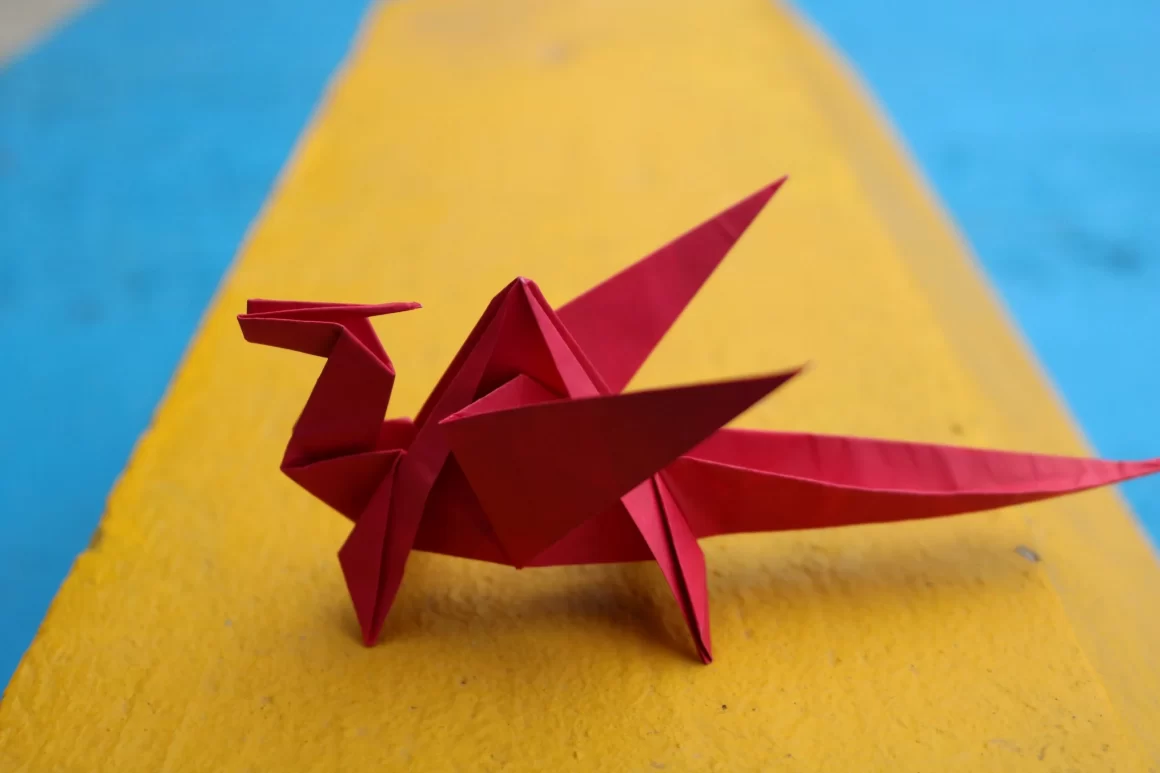
Stress Reduction
The repetitive and rhythmic nature of folding paper can also induce relaxation. Studies suggest
that engaging in such activities can lower cortisol levels, the hormone associated with stress. For
instance, a study by the American Psychological Association found that art therapy, which
includes activities like origami, can effectively reduce stress and improve overall well-being.
As participants immerse themselves in the task, they often enter a meditative state, similar to
practices like yoga or tai chi. This active form of meditation allows individuals to escape daily
stressors, making origami a practical and enjoyable method for managing stress.
Fostering Creativity and Self-Expression
Origami encourages creativity in ways that can be profoundly therapeutic. As individuals gain
experience, they often experiment with their designs, which can serve as a valuable outlet for
emotional expression. This process of creation allows people to explore and articulate feelings
that may be difficult to express verbally.
According to the ‘Journal of Creativity in Mental Health’, engaging in creative activities can
enhance mood and decrease symptoms of depression. In fact, participants in creative therapies
reported a 40% improvement in their emotional well-being after regular practice. This
reinforces the notion that origami can be more than a hobby; it can be a pathway to emotional
healing.
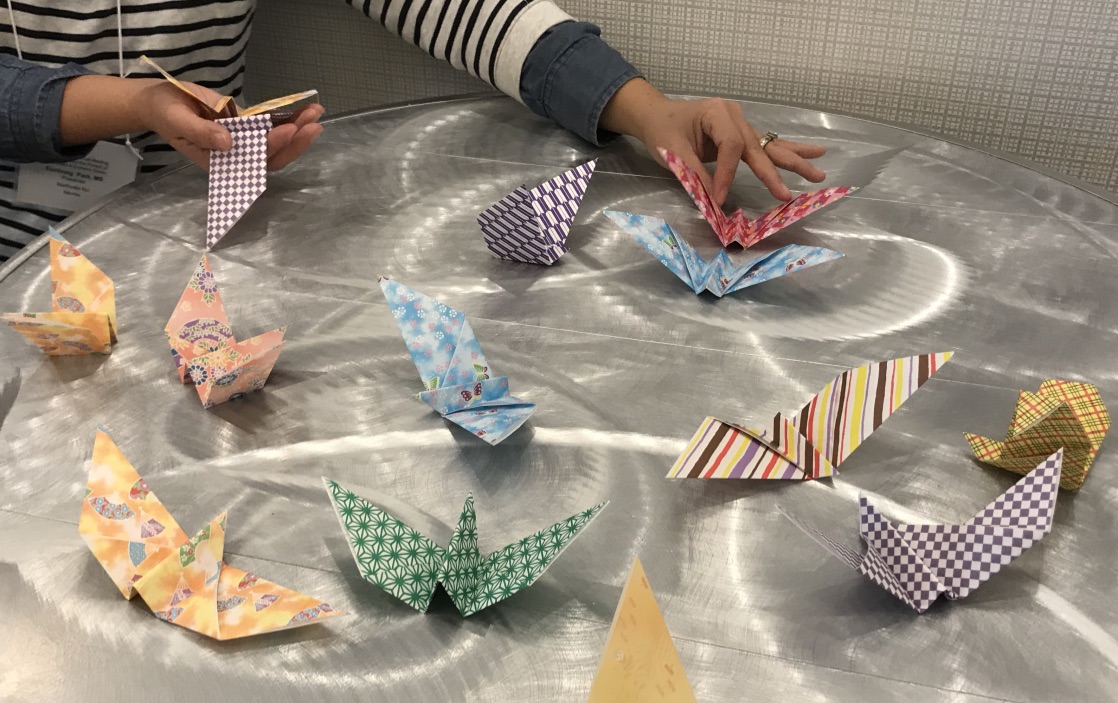
Building Problem-Solving Skills
Origami is inherently a problem-solving activity. It requires individuals to follow complex
patterns and navigate geometric challenges, enhancing critical thinking skills. A study published
in the ‘International Journal of Art Therapy’ noted that children who practiced origami showed
improved problem-solving abilities and greater confidence in their academic work.
For children with ADHD, origami can be particularly beneficial. The structured nature of folding
helps improve focus and attention span. As they successfully complete a project, children learn
patience and resilience—skills that are essential for managing challenges in daily life.

Social Connections
Origami can also serve as a powerful social activity. Group origami sessions foster connections
among participants, creating a sense of community and belonging. Research from the ‘American
Journal of Community Psychology’ emphasizes that social interaction is crucial for mental
health, as it provides emotional support and reduces feelings of isolation.
Engaging in origami with others allows individuals to share experiences, techniques, and
creativity, strengthening relationships and enhancing overall well-being. This social aspect is
especially important in therapeutic settings, where collaboration can lead to meaningful
connections.

Applications in Therapy
The therapeutic applications of origami are vast and versatile. For example:
In Educational Settings: Origami is increasingly used in classrooms to improve
attention and focus among students, particularly those with ADHD. Teachers report that
students who engage in origami demonstrate better concentration and improved
behaviour.
In Trauma Recovery: Art therapists utilize origami to help clients express feelings
related to trauma, enabling non-verbal communication of complex emotions. This
creative expression can facilitate healing and recovery.
In Occupational Therapy: Origami activities help develop fine motor skills and hand-
eye coordination, which are essential for daily tasks. This can be particularly beneficial
for individuals recovering from injuries or surgeries.
The therapeutic art of origami offers a holistic approach to improving mental health. By
fostering mindfulness, reducing stress, promoting creativity, and enhancing social connections,
origami provides a meaningful way to engage the mind and spirit. With its accessibility and
versatility, this ancient practice has the potential to transform lives, making it a valuable tool for
anyone seeking to enhance their emotional well-being.
So, the next time you feel overwhelmed, consider picking up a piece of paper and folding your
way to tranquillity—who knows what beauty and healing might unfold?
